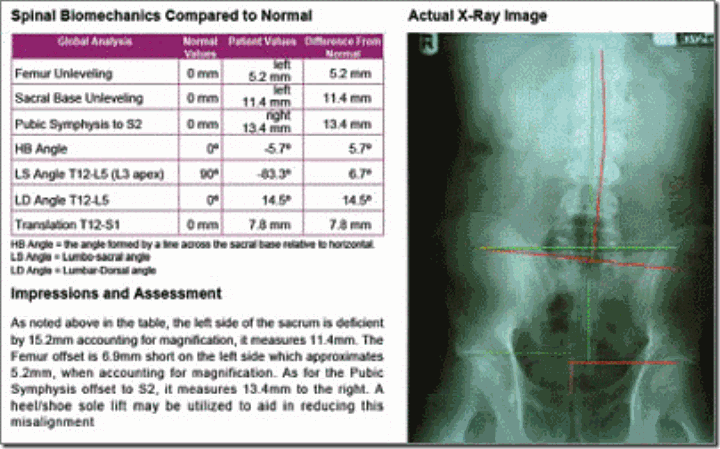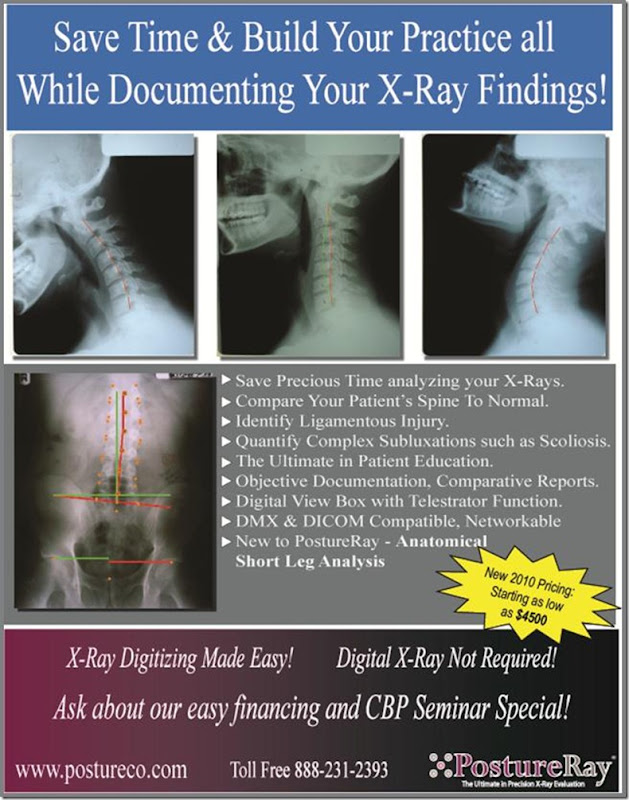CHIROPRACTIC BUSINESS—and how to lower your overhead!
 Thursday, January 14, 2010 at 2:56AM
Thursday, January 14, 2010 at 2:56AM Eric Huntington, DC
CHIROPRACTIC BUSINESS
There are two distinct aspects of owning a chiropractic practice. Each is a separate “hat”, which, when worn skillfully, leads to an optimal outcome—but when not known, or applied improperly, can lead to frustration and unhappiness.
1) The Chiropractic Technique Hat-- meaning the compilation of the knowledge and skills necessary to delivering chiropractic service.
2) The Chiropractic Business Hat—meaning the compilation of the knowledge and skills necessary to build and manage every aspect of chiropractic practice(s).
The Chiropractic Business Hat has been missing from the chiropractic profession for quite some time. Despite many successful clinics and management firms over the decades, the subject of Chiropractic Business has barely been touched upon in earnest until very recently.
This is so obvious, that it is almost hard to spot. Want proof? Look at the condition of most chiropractic clinics. Maybe take a look at your clinic.
Now, I’ll be the first to tell you that if you are happy with your clinic and it provides help to those you serve, then there is probably nothing wrong with it unless you think so.
But if you think it could be better, ask yourself these questions.
1) Can I spend two solid weeks on vacation or handling other aspects of my life without disrupting my income?
2) Does my practice provide the full scope of service that I truly believe each patient should get-- or do I shortcut for lack of time or finance?
3) Do I have adequate cash reserves to make it through at least 3 months with no income? Does my income meet my needs/expectations?
4) Do I have certainty that I have adequate knowledge of chiropractic business to allow me to adapt to changes in the economy/ health care?
5) Can I count on my practice income if I get injured or my body just can’t deliver adjustments anymore?
6) Am I happy with the impact I am making through chiropractic, or do I wish I could create a bigger effect?
If these questions make you feel uneasy or you just would like to know how to solve these problems, then you would benefit from learning and applying the full Chiropractic Business Hat. Through the Chiropractic Business Academy, I teach doctors the full Chiropractic Business Hat. Following our training and apprenticeships, Chiropractic Business Academy clients have certainty on how to handle 1-5 above-- and most of them can say that they are well on their way to achieving #6!
So, “What is the Subject of Chiropractic Business?”
It is the science of understanding, building and running every aspect of a chiropractic practice(s) organized in such a manner as to allow the Chiropractic Executive ease of use in his trade—whether he runs one clinic or a hundred.
This subject would have to include hiring, training and motivating staff, organization down to the last detail, selling, retention, collecting and managing money, quality control, handlings for ineffective staff and various statistical trends, promotion, marketing, handling the area outside your clinic to make it safe for your chiropractic expansion, legal strategies, contract negotiations, property acquisition and maintenance, -- just to name a few.
Just as important, these various aspects of chiropractic business would have to each be organized in such a way as to allow for efficient learning and application to chiropractic practice.
This means the data would have to be standard in its application—meaning that when applied properly, it works all the time. If this idea of a subject being properly applied and always working sounds strange to you, it is only because there are so many poorly organized, non-standard bodies of data in the world.
However, when standard chiropractic business is applied properly, expansion always occurs. In fact, we are so sure of this fact, that The Chiropractic Business Academy provides a guarantee to each new client that he/she will double the investment in our program within the first 12 months. Even in a down trending economy we guarantee you will make more!
To learn more about the Chiropractic Business Hat and To learn more about how The Chiropractic Business Academy can guarantee your success call our office and speak to one of our consultants. Having trouble with a specific problem, ask for a “Free Practice Trouble Shoot”. CALL NOW: 888-989-0855. Or visit us on the web at, www.Chirobizacademy.com
Remember the practice that you dreamed of owning in the beginning? Don’t give up on it. I look forward to meeting with you!
BONUS ARTICLE
“How To Lower My Overhead”. At one time or another, and maybe quite often for some, this question of “What should my overhead be?” has probably crossed your mind. There are many ways to decrease your overhead including… (This article is continued at www.chirobizacademy.com )
 CBP Seminars | Comments Off |
CBP Seminars | Comments Off | 





